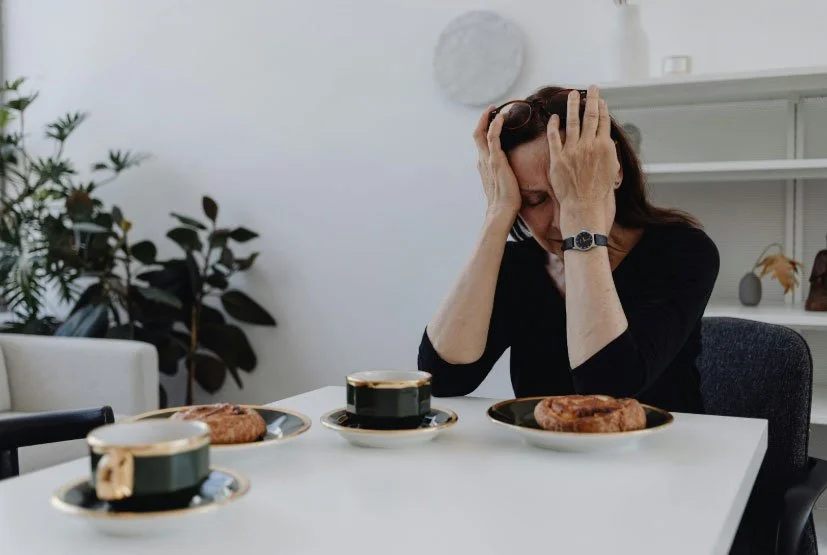ADHD Nutrition: Why Eating Feels SoHard (and What You Can Do About It)
If you have ADHD, you probably already know the struggle of trying to just eat normally.
You set out with the best intentions. You buy the groceries. You plan the meals. You promise yourself you’ll “be better this week.” And then...
You hyperfocus all day and forget to eat until you’re lightheaded.
You grab whatever’s closest (cold leftovers, chips, stale crackers).
You can’t face the mental gymnastics of prepping a meal.
You eat one giant meal late in the day and feel wiped out after.
You feel frustrated and ashamed because everyone else seems to manage this “basic” life skill.
Sound familiar? You’re not alone.
Struggling with food as an ADHDer isn’t about having more “willpower.”
It’s about an ADHD brain that struggles with executive function, time blindness, and low interoceptive awareness (meaning you might not always feel hunger cues until they’re extreme).
The result?
Blood sugar crashes that wreck your focus.
Energy swings that tank your motivation.
A cycle of guilt that makes it all feel impossible.
Let’s be clear: this isn’t your fault.
Your brain is wired differently, and you deserve ADHD nutrition strategies that actually work for you.
Here are three practical ways to make food feel less overwhelming and more supportive of your brain and body:
1. Small, Regular Meals: The Antidote to the Rollercoaster
If you forget to eat and later find yourself raiding the fridge just to catch up, it makes sense you feel stuck in an exhausting cycle. Big gaps between meals create huge swings in blood sugar, which can amplify irritability, brain fog, and impulsivity.
One of the simplest ADHD nutrition tips is reframing meals as fuel stops, not big events that require lots of prep. Keep easy options on hand, think: pre-cut fruit, cheese and crackers, trail mix, or protein bars, and aim to eat something every 3ish hours.
💡 Quick Tip: Set reminders on your phone or smart watch to check in with your hunger levels. Even a small snack can help you stay steady.
2. Body Doubling: Borrow Someone Else’s Momentum
Ever notice how it’s easier to do something when someone else is in the room? That’s body doubling, a powerful ADHD strategy that can make meal planning and eating feel way less isolating. Body doubling means you do a task, like prepping lunch, while another person is present, either in real life or virtually. Their presence provides a subtle sense of accountability and helps anchor you to the task.
Ways to try it:
Eat meals with a roommate or partner.
Call a friend on video while you prep food.
Go grocery shopping with a friend or family member.
3. Habit Stacking: Make Eating Part of What You Already Do
Starting something new can feel impossible. But when you attach a new habit to an existing one, it feels less like reinventing your life and more like upgrading it.
This is called habit stacking. Here’s how it works:
✅ After I make my morning coffee, I’ll grab a breakfast snack.
✅ When I sit down to check emails, I’ll fill up my water bottle.
✅ After I feed the dog, I’ll set out my lunch ingredients.
Tiny steps build momentum, and momentum feels a lot better than shame.
You Deserve Food That Works With Your Brain
Navigating the wild world of nutrition as an ADHDer isn’t about perfection - it’s about building a way of eating that works with your unique brain, not against it.
If you see yourself in this, know this:
You’re not lazy.
You’re not broken.
You’re doing your best with a brain that needs different supports.
Try one of these ADHD nutrition strategies this week. Start small. Be curious. And remind yourself that you deserve consistent nourishment, no matter what.
Written by Maddi Parsons, an ADHDer and neuro-affirming, non-diet dietitian.
Ready for support that meets you where you are? Book a session today to start your journey toward feeling more together around food.

